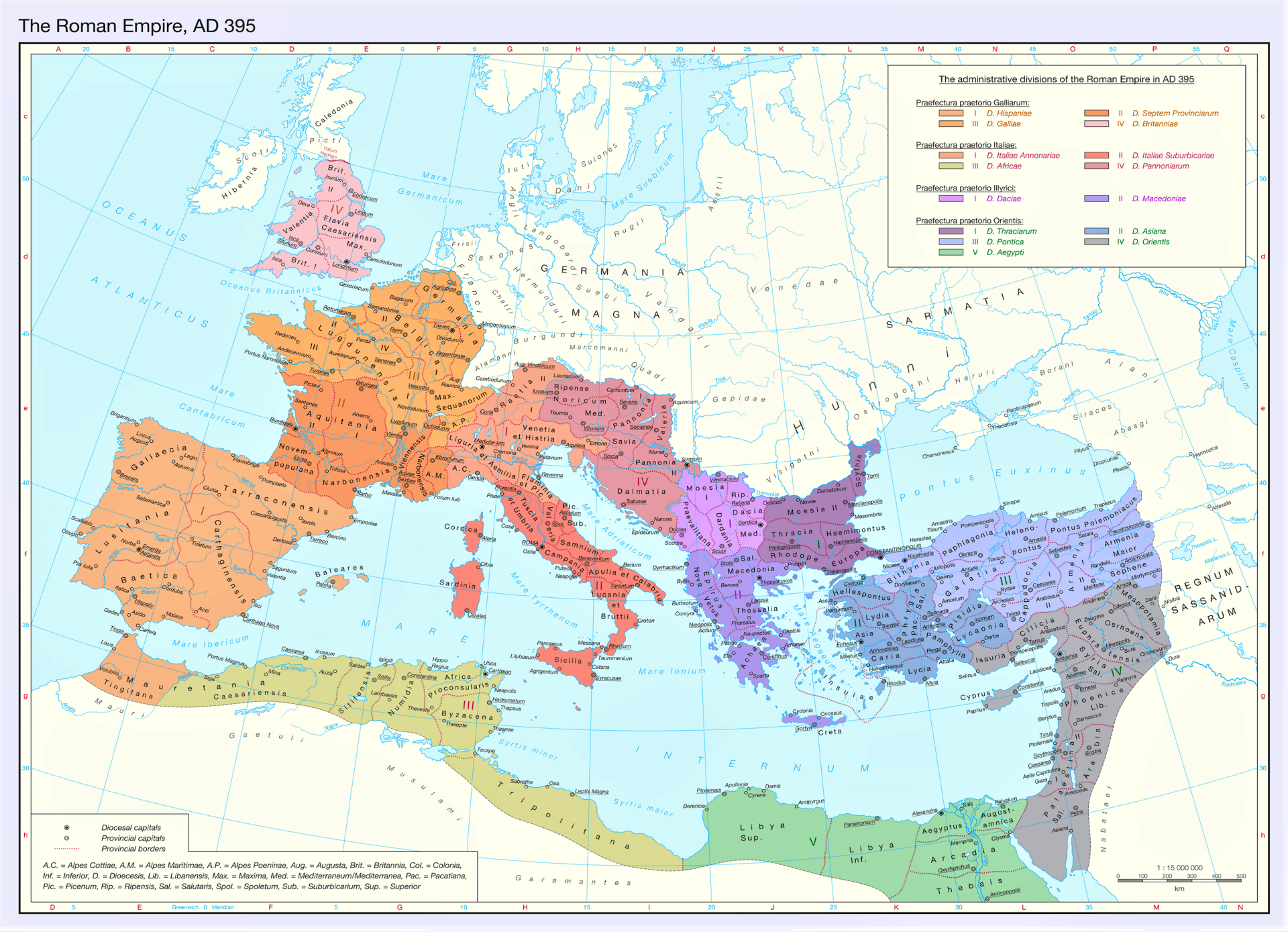PAX EUROPAEA
The Roman Empire, despite its internal divisions and conflicts, managed to maintain periods of relative peace with varying degrees of success. However, the fall of the Western Roman Empire in 476 AD led to centuries of political instability and fragmentation across Europe. The collapse of centralized Roman authority gave rise to numerous kingdoms and feudal territories, each vying for power. Despite this disunity, rulers and thinkers throughout history sought to restore European unity, often drawing inspiration from the Roman model of empire and governance.
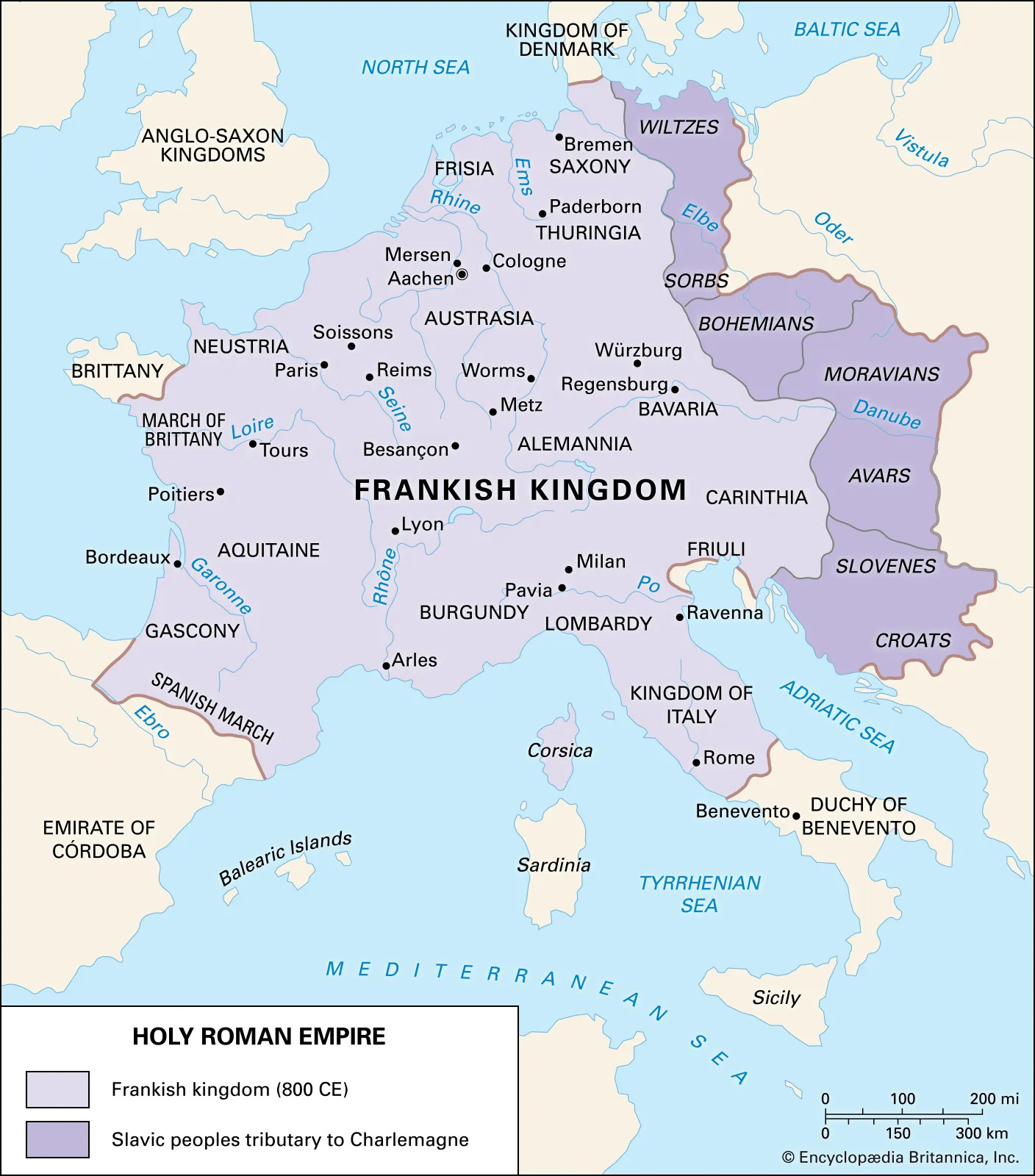
One of the earliest and most significant attempts to revive a unified European order was the empire established by Charlemagne in 800 AD. Crowned Emperor of the Romans by Pope Leo III, Charlemagne sought to consolidate much of Western Europe under a single rule, blending Roman traditions with Christian principles. His administrative reforms, including a standardized system of law, centralized governance, and educational advancements, laid the groundwork for what would later become the Holy Roman Empire, formally established in 962 AD under Otto I. Though decentralized in practice, the Holy Roman Empire embodied the notion of European unity under a Christian imperial order for nearly a millennium, albeit often in a fragile and contested form.
During the Middle Ages, the concept of a universal Christian empire remained influential. Medieval thinkers developed the idea of Pax Dei (Peace of God), a vision rooted in Christian theology, particularly the teachings of the Sermon on the Mount. This movement, which emerged in the late 10th century, sought to curb feudal warfare by imposing religious restrictions on violence. Initially promoted by bishops and supported by monastic orders, the Pax Dei prohibited attacks on churches, clerics, peasants, and defenseless individuals such as women and children. Over time, it evolved into the broader Tregua Dei (Truce of God), which extended peace measures by forbidding combat on certain days of the week and during holy periods. These principles aimed to create a more structured and moral order in feudal society, reinforcing the notion that divine law should govern human conflicts. Though ultimately limited in effectiveness due to the persistence of feudal rivalries, it laid the foundation for later efforts to impose ethical constraints on warfare, including chivalric codes and early notions of just war theory.
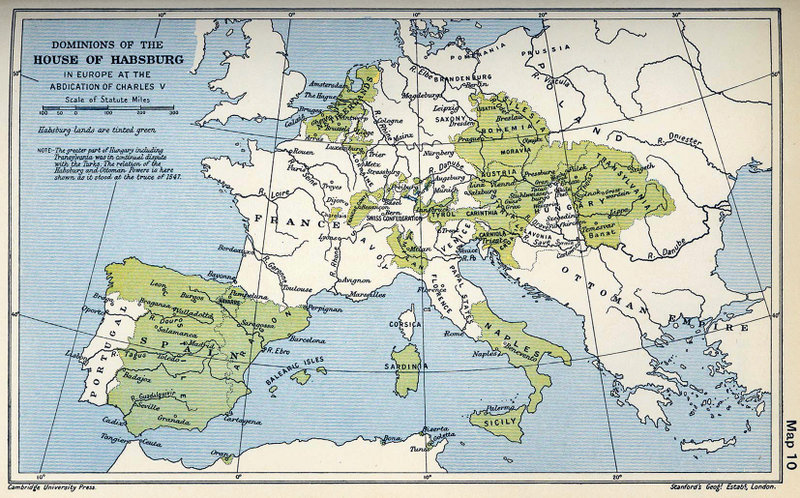
Spain's Catholic-Habsburg hegemony in Europe sought to uphold a unified Catholic order and an overarching European unity under a single religious and political system. The Catholic Monarchs, Ferdinand and Isabella, envisioned a Europe unified under Catholicism, which they attempted to achieve through dynastic alliances, religious missions, and military dominance. This dream of a united Christendom found its expression in Spain's expansive influence across Europe and its efforts to maintain a Catholic stronghold, notably through the Habsburg dynasty under Charles V. He inherited an empire that spanned much of Europe, with the vision of uniting Catholic monarchies into a single, cohesive force. However, this vision was increasingly challenged by the rise of Protestantism, which fragmented Europe along religious lines. The Protestant Reformation not only weakened Spain's control but also shifted the balance of power, fundamentally altering the European political landscape and marking the decline of Spain's dream of European religious and political unity.
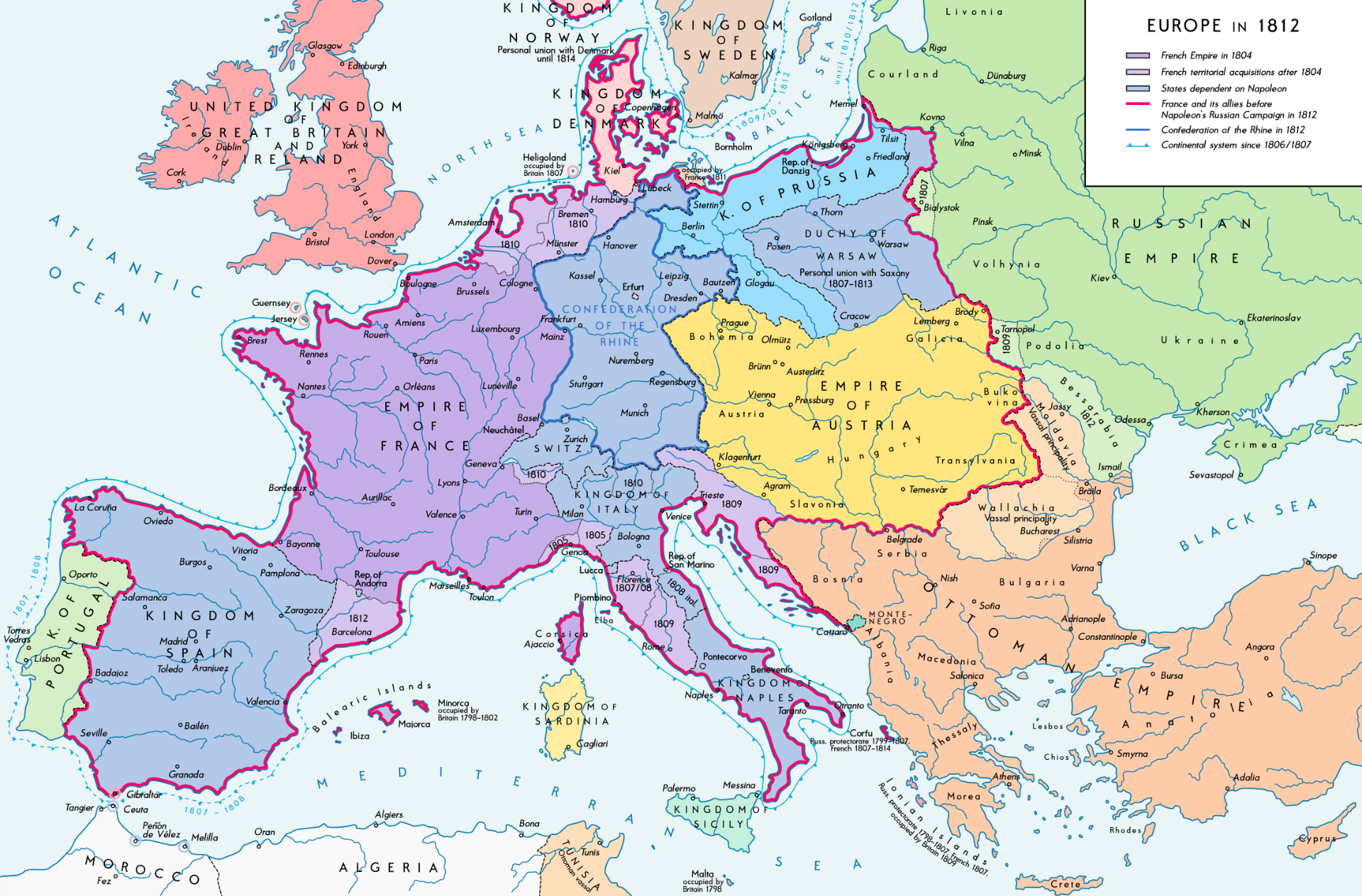
Another major attempt at European unification came with Napoleon Bonaparte in the early 19th century. After the French Revolution dismantled the old feudal order, Napoleon sought to create a European empire based on revolutionary principles of legal equality, centralized administration, and military dominance. His conquests spread the Napoleonic Code and reshaped European governance, introducing modern concepts of nation-state administration. However, his empire ultimately collapsed due to resistance from national movements and a coalition of European powers determined to maintain a balance of power.
The rise of nationalism in the 19th century further complicated efforts to unify Europe under a single rule. The growing emphasis on national identity (rooted in shared language, culture, and historical experience) clashed with the idea of large, overarching empires. Whereas earlier rulers justified their power through divine right or historical continuity, nationalist movements championed self-determination and the sovereignty of distinct peoples. This shift led to the fragmentation of older political entities, such as the dissolution of the Holy Roman Empire in 1806 and the increasing tensions within composite states like Austria-Hungary. The unifications of Italy and Germany in the latter half of the 19th century further demonstrated how nationalism shaped Europe, often in direct opposition to imperial ambitions.
The consequences of the Napoleonic Wars were profound, instilling a deep fear of large-scale conflict among European leaders. This contributed to a period of relative peace in Europe, often referred to as the Pax Britannica (1815–1914), during which no continent-wide war occurred. However, conflicts such as the Crimean War (1853–1856) and the Franco-Prussian War (1870–1871) still played significant roles in shaping Europe. Ultimately, World War I shattered this period of relative stability, leading to unprecedented destruction. The Treaty of Versailles and the economic turmoil that followed set the stage for World War II, demonstrating the failure of previous diplomatic efforts to create a stable European order.
In the aftermath of World War II, European leaders sought new ways to prevent future conflicts and ensure stability. This led to the formation of institutions that would eventually evolve into the European Union. The European Coal and Steel Community (ECSC), established in 1951, marked the first major step toward economic integration, linking the economies of France, West Germany, Italy, Belgium, the Netherlands, and Luxembourg. This initiative aimed to make war materially impossible between historic rivals by intertwining their economies. The Treaty of Rome in 1957 expanded this cooperation, creating the European Economic Community (EEC), which would later become the European Union with the Maastricht Treaty in 1993.
The European Union represents a modern embodiment of the centuries-old aspiration for continental unity. Unlike past efforts based on military conquest, the EU is built on economic and political cooperation. Yet, it reflects the enduring vision of a peaceful and integrated Europe, echoing medieval and imperial ideals of stability and shared governance. The Schengen Agreement, the adoption of the euro, and the expansion of EU membership demonstrate the ongoing commitment to integration. However, nationalist sentiments and Euroskepticism continue to shape political dynamics within the EU, highlighting the ongoing tension between unity and national sovereignty.
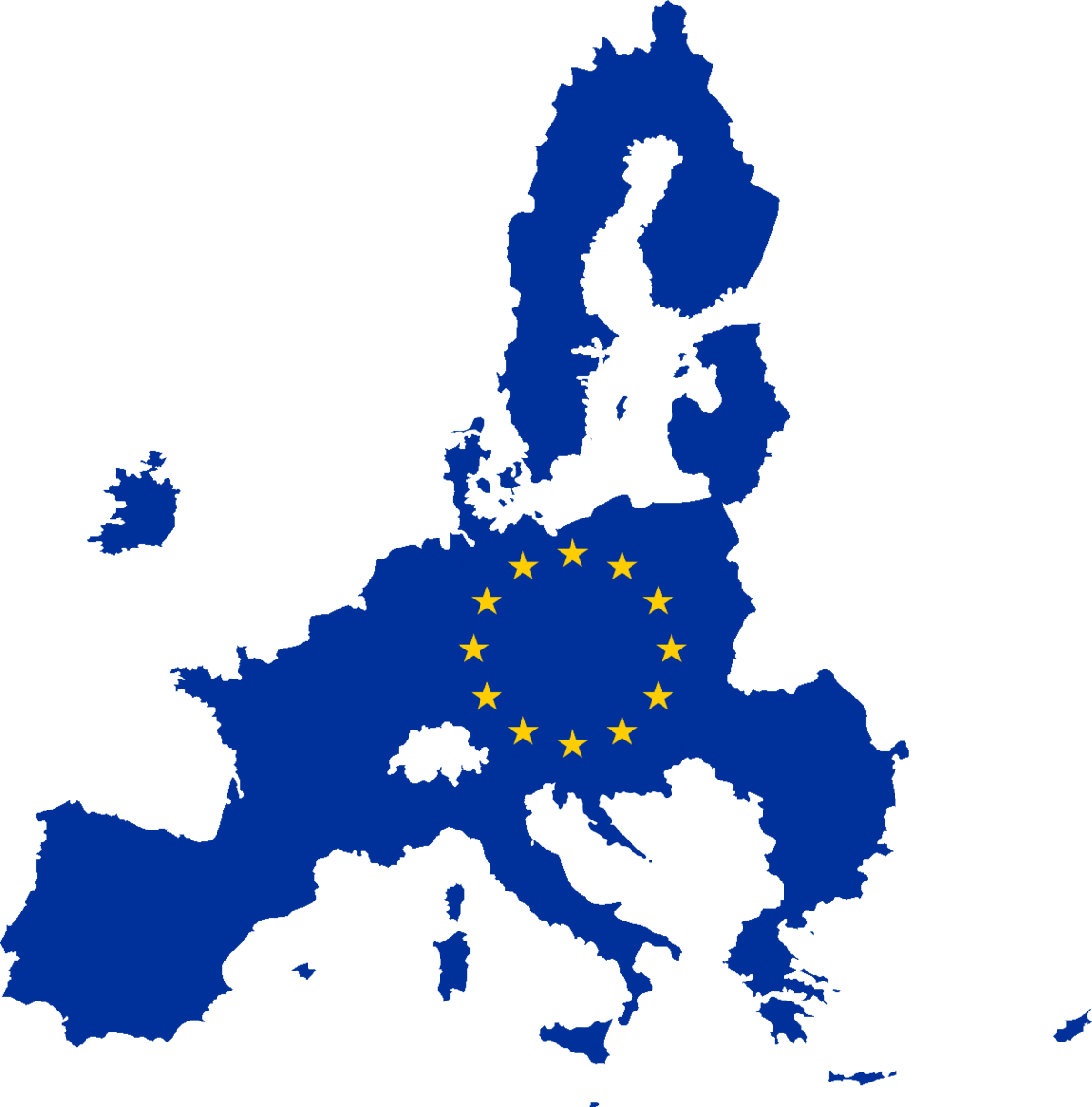
The term Pax Romana was coined by the 18th-century historian Edward Gibbon in his seminal work The History of the Decline and Fall of the Roman Empire. It refers to the approximately 200-year period of relative stability and minimal military expansion under the Roman Empire, beginning with Augustus in 27 BC and lasting until roughly 180 AD. This concept has influenced modern interpretations of peace and stability, particularly in the context of the European Union. Since its foundation, the EU has fostered economic interdependence, political cooperation, and conflict prevention mechanisms, leading to an unprecedented period of peace in Europe. Despite ongoing challenges, Pax Europaea stands as a modern continuation of the long-standing European aspiration for unity, echoing the Roman legacy of stability and cooperation.

